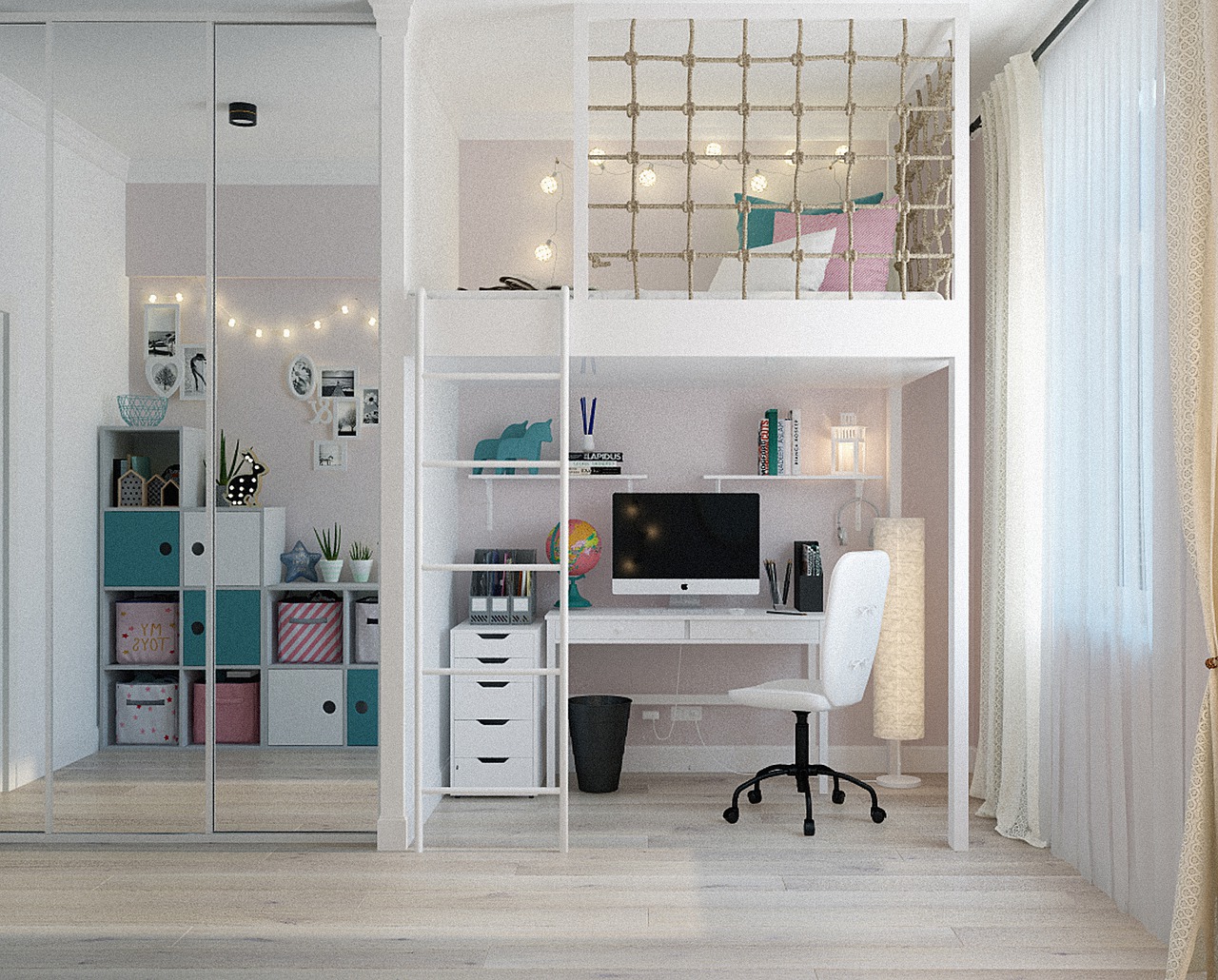We decided to dedicate our first article on the site to Bauhaus, because we can’t see how we can have a blog about contemporary interior design without mentioning the most influential design movement of the 20th century.
The History of the Bauhaus School
Bauhaus got its name from the German design school, which was established in 1919 by architect Walter Gropius in Weimar. The Bauhaus School was created to rebuild post-war Germany in a new and imaginative way through a unified framework known as Gesamtkunstwerk, coined by composer Richard Wagner, which stands for “total work of art”.
The Bauhaus School sought to use various artistic mediums to bring a revolutionary approach towards design. In the Proclamation of the Bauhaus (1919), Gropius proposed the innovative curriculum that would combine architecture, sculpture, and painting into one, thus merging fine arts and design. The result would be aesthetically pleasing, but also useful objects.
Although these ideas were the basis of the Bauhaus School, they soon proved to be impractical in the financial sense. Thus, in 1923, Gropius slightly shifted the focus from Gesamtkunstwerk to an emphasis on mass production with the slogan “Art into Industry”. The school was then moved to Dassau in 1925, and to Berlin in 1932.
Unfortunately, the Nazi Party immediately started pressuring the school, soon after they took control of Germany, and the school administration took the difficult decision to close it down in 1933.
Nevertheless, their spirit was unbroken. They decided to export their ideas to other countries. The Bauhaus School founder, Gropius, moved to the US, along with the school’s last principal, Mies van der Rohe, and other celebrated Bauhaus designers and architects.
Gropius and Marcel Breuer taught at Harvard, Josef Albers taught at Black Mountain College and later Yale, van der Rohe taught at the Illinois Institute of Technology, while László Moholy-Nagy founded the New Bauhaus at Chicago.
These giants of the design world heavily influenced their host-countries and Bauhaus soon spread all around the US, as well as Western Europe. Despite the fact that Bauhaus formally existed for 14 years (between 1919 and 1933), the style continued to live on and merged into the new International Style, which is still prominent today.
The Main Characteristics of Bauhaus
Although the style encompasses many different things, we will try to summarise the main characteristics of the enigmatic Bauhaus:
- “Form Follows Function” or functionality over ornamentation (the mantra of the movement)
- “Less is More”
- “Truth to Materials” (using materials in their natural form)
- Modernism (embodying modernist ideals)
- “Modern” materials (glass, steel, plywood, plastic)
- Plainness
- Simplicity
- Clean lines
- Primary colours (“splash of colour”, not everywhere)
- Geometrical shapes
- Mass production (although the furniture was usually hand-crafted)
- Accessibility
Innovative Bauhaus Furniture
Let’s talk about some of the most iconic Bauhaus pieces of furniture to get a better idea of how the movement’s traits translate into practice. We have to begin with the chairs. So, the philosophy of the movement was to strip furniture of excessive ornaments and seek the essential within them.
One of the Bauhaus School directors, Breuer, took this concept further by theorising that chairs would become obsolete in the future, being replaced by supporting columns or air.
Breuer attempted to materialise his concepts by creating a light-weight chair with metal tubes, which eventually became very popular and it was mass-produced. He also invented the nesting tubular chairs and tables, which were inspired by Russian nesting dolls (the Matrioshka).
Another influential Bauhaus designer was Marianne Brandt. She became one of the first women to attend the metalwork shop in the school. She created some iconic avant-garde works like the spherical ashtray and the geometric ebony teapot. However, her most prominent work was the metal nightstand lamp, which is still mass-produced to this day.
Bauhaus Architecture
The textile shop at Bauhaus also gained popularity and critical acclaim. Students at the shop were taught craftsmanship, as well as theory, which resulted in sophisticated designs that often featured geometrical shapes portrayed in both bright primary colours (red, yellow, blue) and dull earth tones (beige, brown, egg-shell). Under director Gunta Stölzl, the students also experimented with materials such as metal, fibreglass, and cellophane.
The Bauhaus School also prided itself on its architectural accomplishments. The first Bauhaus building was, naturally, the Bauhaus School in Dessau. It was built by Gropius in 1926 and it has such as modernist look for its time with the concrete and glassworks. The Bauhaus Archive in Berlin (built 1979) is another example of a building embodying the principles of Bauhaus.
The Stillman House in Connecticut, USA, is the epitome of American Bauhaus architecture. The single-family house features bold primary colours, although not in abundance, and the straight clean lines that are cut by multiple windows.
There is, however, one place on Earth that loves Bauhaus more than any others – Tel Aviv, Israel. The Israeli capital has a whole neighbourhood, called the White City, in the exclusively Bauhaus architectural style. These houses were built by Jewish-German exiles in the 1930’s. UNESCO recognised the White City as a World Cultural Heritage site.
Conclusion
As shown in this article, Bauhaus was not just a 14-year-long movement of architecture and interior design, but a style so prominent and influential, that we still see it protruding in our surroundings. After all, even the iPhone design was inspired by Bauhaus, so we carry a piece of it everywhere we go.



